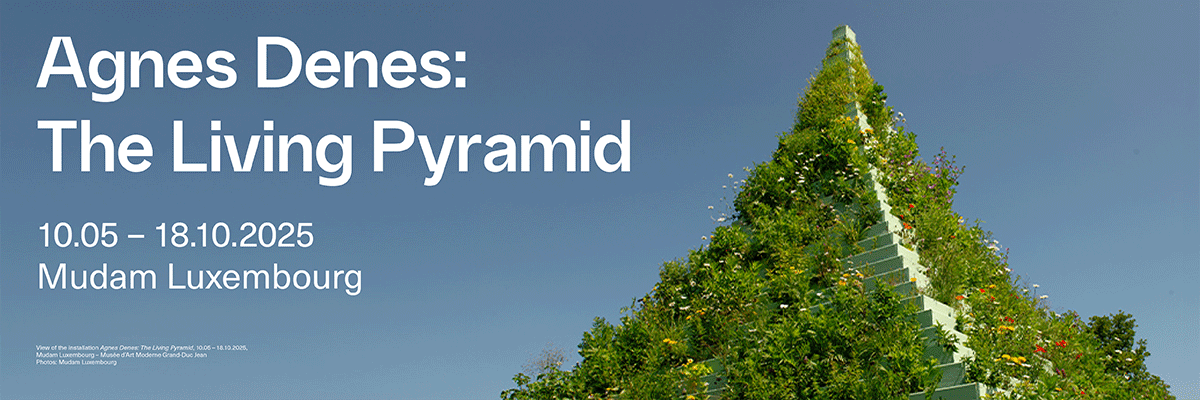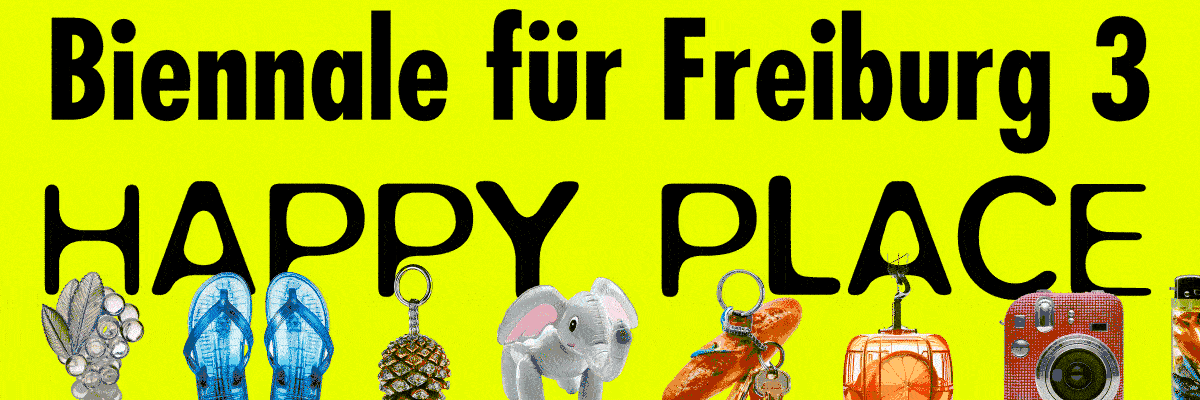
Groupshow
In My Mold
Project Info
- 💙 Galerie Anton Janizewski
- 💚 Miriam Bettin
- 🖤 Groupshow
- 💜 Miriam Bettin
- 💛 Sascha Herrmann, Alwin Lay, Asaf Oren
Share on

In My Mold, Installation view
Advertisement

In My Mold, Installation view

In My Mold, Installation view

In My Mold, Installation view

In My Mold, Installation view

Mona Filleul, les costumes d’autres sur soi, 2020-2022

Monika Grabuschnigg, Nightshade 6, 2022

Monika Grabuschnigg, Single Fridge (Crying Easily), 2022

Monika Grabuschnigg, Single Fridge (Ashtrays), 2022

Monika Grabuschnigg, Single Fridge (Tomorrow breaks our gaze), 2022

Justin Chance, Understanding, 2021

Justin Chance, Right Now, 2021

Monika Grabuschnigg, Nightshade 5, 2022

In My Mold, Installation view

Mona Filleul, Eupen, 2021

Justin Chance, Dying, 2020-2021

Justin Chance, A English Rose, 2018

Mona Filleul, Dinosaurus & Oranges Carrefour, 2020

Mona Filleul, Elbis Rever, 2022
Under the title In My Mold the three person exhibition at Galerie Anton Janizewski, curated by Miriam Bettin, brings together new works by Justin Chance, Mona Filleul, and Monika Grabuschnigg. Their mainly sculptural practices based on the everyday are charac- terized by processes of molding and/or modifying/covering objects of daily use. Familiar yet alien things are combined in unexpected ways to create uncanny feelings. In this dialectical process, the works reveal the immanent political dimension of the personal.
The exhibition title does not only refer to the artistic practices but is also a description of a (not solely human) condition in which one cannot get out of one’s own skin or, in the broader literal sense, is stuck in mold.
All the more emphasized through the heavily ornamented art nouveau architecture of the gallery space, the works on display circle around the thin line and the tipping point between celebration, intimacy, seduction, and the morbid, grotesque, and melancholic of the everyday and the private realm. Following Juliane Rebentisch and her thoughts on critical melancholia, the feeling of melancholia is caused through a lost object whereby the object can be a person, an idea, an identity, a mode of living. The objects in the exhibition are distanced and partly lost because covered, blurred, alienated, or animated. Appealing at first, they turn out to be traps or cul-de-sacs, revealing their eerie banality that can easily turn into danger.
Miriam Bettin




